Adult Broad-winged Hawk
About the size of a crow, Broad-winged Hawks are fairly common in various woodlands during summer. They can sometimes be found hunting along forest edges. This tame individual was stretching its wings and tail after a rain.
With their fierce demeanor and majestic presence, Birds-of-Prey are highly sought-after by wildlife photographers. Avian predators include hawks, eagles, falcons and owls. Several species are present throughout the year in Canada. But winter is one of the best seasons to find them.
Great Gray Owl
Our largest owl, the Great Gray Owl, breeds in boreal forests and bogs of the Northern Hemisphere. Some winters they erupt into the southern part of their range looking for productive feeding grounds. When this occurs, they attract a lot of attention from nature lovers.
By late fall in Canada’s Arctic, birds like Snowy Owl or Rough-legged Hawk usually leave for open fields in Southern Canada. Likewise, Great Gray Owl and Northern Hawk Owl sometimes abandon their summer forest and bog habitats for more productive feeding grounds in southern parts of our country. Whenever these predators arrive, they’re a bit easier to locate when deciduous trees are bare. Regardless, they tend to be secretive and elusive. On top of that, their occurrence in winter changes from year-to-year depending on snow cover, the availability of prey, and several other minor factors.
Adult Gray Morph Gyrfalcon
A High Arctic breeder, Gyrfalcons occasionally come down to Southern Canada for the winter. The world’s largest falcon, when they show up in winter, these rare and powerful creatures can generate a lot of excitement within birding and photography communities.
A few species of raptor nest in the southern forests of Canada. Birds like Great Horned Owl, Barred Owl, Northern Goshawk, and Sharp-shinned Hawk hunt under the cover of dense woodlands. Sometimes, they’ll occupy urban habitats looking for prey at backyard bird feeding stations.
Adult Red-tailed Hawk
Red-tailed Hawks are one of Canada’s most visible predators. They’re frequently seen along roadsides next to a great variety of habitats and at any time of year. Some raptors (like Red-tailed Hawks) can be highly variable in plumage, especially in Western Canada.
Some predators have adapted well to busy cities. Peregrine Falcon, Merlin, and Cooper’s Hawk are just as comfortable hunting pigeons in urban environments as they are chasing more wild prey in remote parts of our country.
Juvenile light morph Rough-legged Hawk being mobbed by Common Raven
Historically scarce, Osprey are now relatively common breeders in Canada preferring to nest near water where it catches fish. Many communities have successfully set up platform nests to encourage their breeding. In winter, you’ll find them in wetlands and coastal regions well south of Canada.
Widespread species like Northern Harrier, American Kestrel, and Short-eared Owl prefer grasslands, wetlands, agricultural fields, or other open habitats. The same is true for western raptors like Swainson’s Hawk, Ferruginous Hawk, or Prairie Falcon. Although most will be gone from Canada by winter, some might linger provided there are enough small critters around to hunt.
Male Snowy Owl
Every winter, coming down from their tundra breeding territories, Snowy Owls make open fields their seasonal hunting grounds. Sharp-eyed observers will sometimes find them perched on utility poles, fence posts, on top of barns or even at ground level.
Once considered highly endangered, Bald Eagles have slowly become much more common. Although they’re formidable predators, they usually behave more like scavengers feeding primarily on easy prey or carrion. They often prefer open water with ample fish or waterfowl. Always opportunistic, some eagles follow large flocks of migrating geese feeding on compromised or weak individuals. Golden Eagles are less common than Bald Eagles, especially in the eastern part of their range. However, both species of eagles are present in our country throughout the entire year.
Immature Bald Eagle
With all the pressures on wildlife, it’s encouraging to witness the success of Bald Eagles. Fairly rare a few decades ago, they’ve become incredibly common in many parts of Canada, and throughout the entire year. Sometimes several can be found feeding together around carrion. Whatever plumage or age, Bald Eagles are always impressive.
Woodland owls are nocturnal and hunt mostly during darkness. They typically hide during the day. Finding them usually requires effort and diligence. If you’re lucky enough to encounter one at a daytime roost, they typically remain stationary.
Small owls like Saw-whet, Boreal, Northern Pygmy, or Screech, nest in tree cavities. Setting up large nest boxes inside woodlots helps encourage their breeding.
Adult male Merlin
This small falcon has expanded its range southward. They are now nesting in several urban locations throughout the southern part of their range. Somewhat common in migration, they sometimes linger for the winter where they hunt small birds. They’re also very aggressive and can take down larger prey like doves and pigeons.
During migration, many natural history organizations conduct “Hawk Watch” activities at key migratory hotspots. During peak migration at these key locations, hundreds of raptors pass overhead, especially when weather conditions facilitate their flight.
Short-eared Owl
A fairly uncommon species, Short-eared Owls mainly become active at twilight or at night. However, they can sometimes be seen hunting during the day. Like giant butterflies, their deep wingbeats and graceful flight help them sneak up on unsuspecting prey.
Regardless of season, I often drive down backroads around agricultural fields or along forest edges looking for unwary wildlife to photograph. Finding a cooperative raptor beside the road will add much excitement to your day.
Regular in migration and through most winters, the highly variable Rough-legged Hawk can be found hunting over open country. Sometimes raptors will be chased away (mobbed) by other brave non-predatory species like this Common Raven.
Juvenile light morph Rough-legged Hawk being mobbed by Common Raven
Regular in migration and through most winters, the highly variable Rough-legged Hawk can be found hunting over open country. Sometimes raptors will be chased away (mobbed) by other brave non-predatory species like this Common Raven.
ABOUT THE AUTHOR
Tony Beck is an award-winning, Nikon Ambassador, Vortex Ambassador, and freelance photographer based in Ottawa.
He teaches birdwatching and nature photography courses.
Follow Tony’s adventures at www.AlwaysAnAdventure.ca



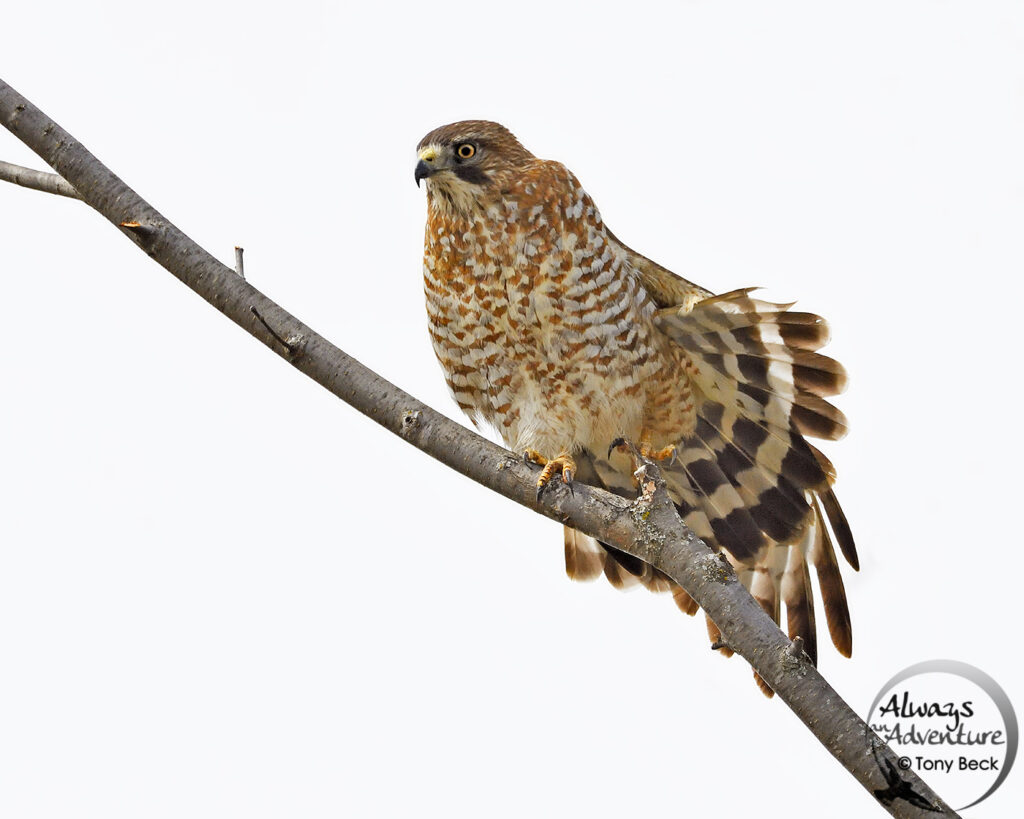
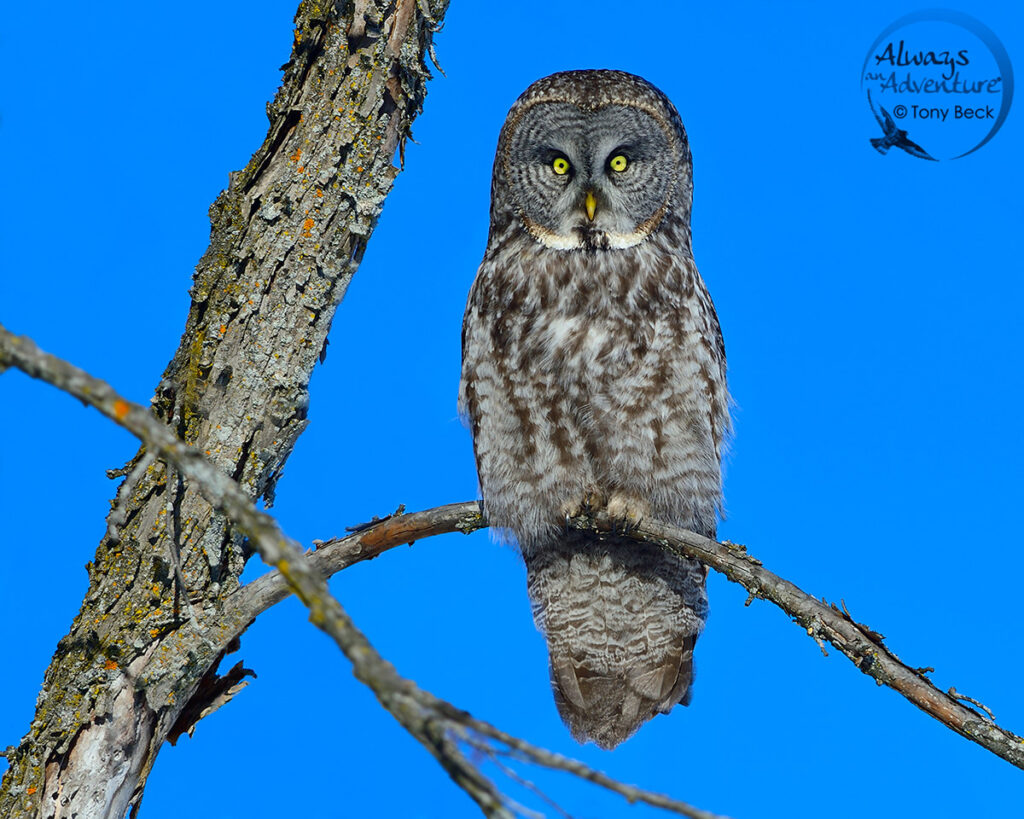
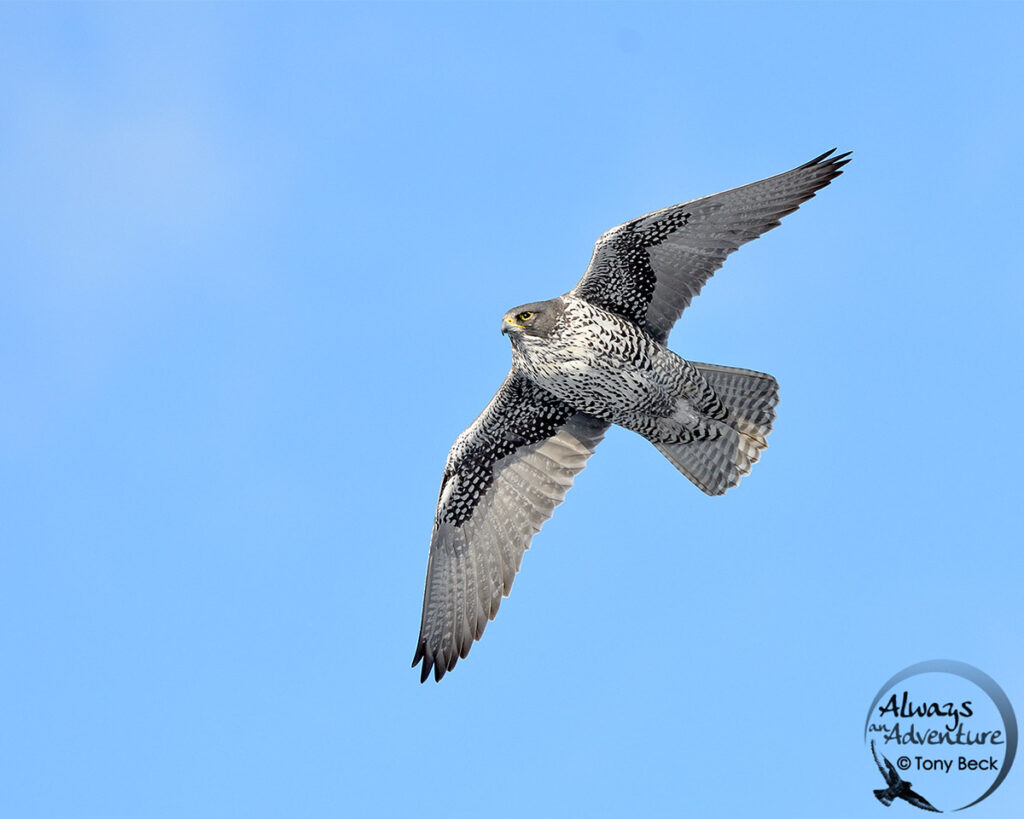
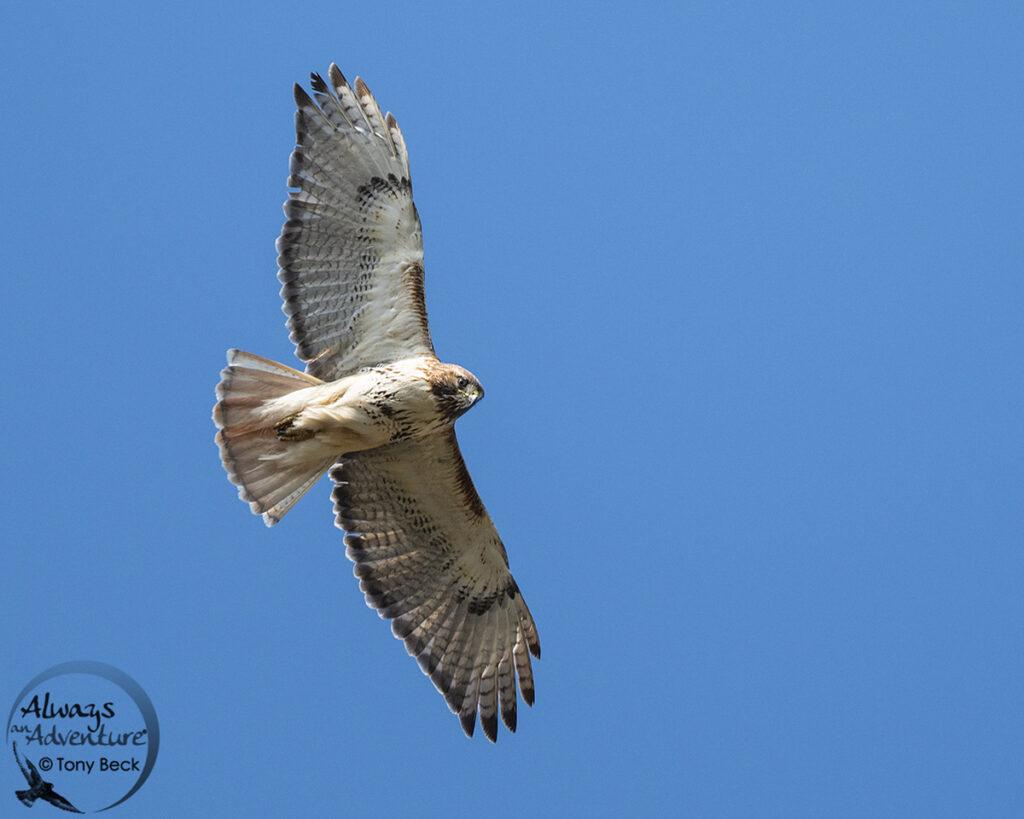
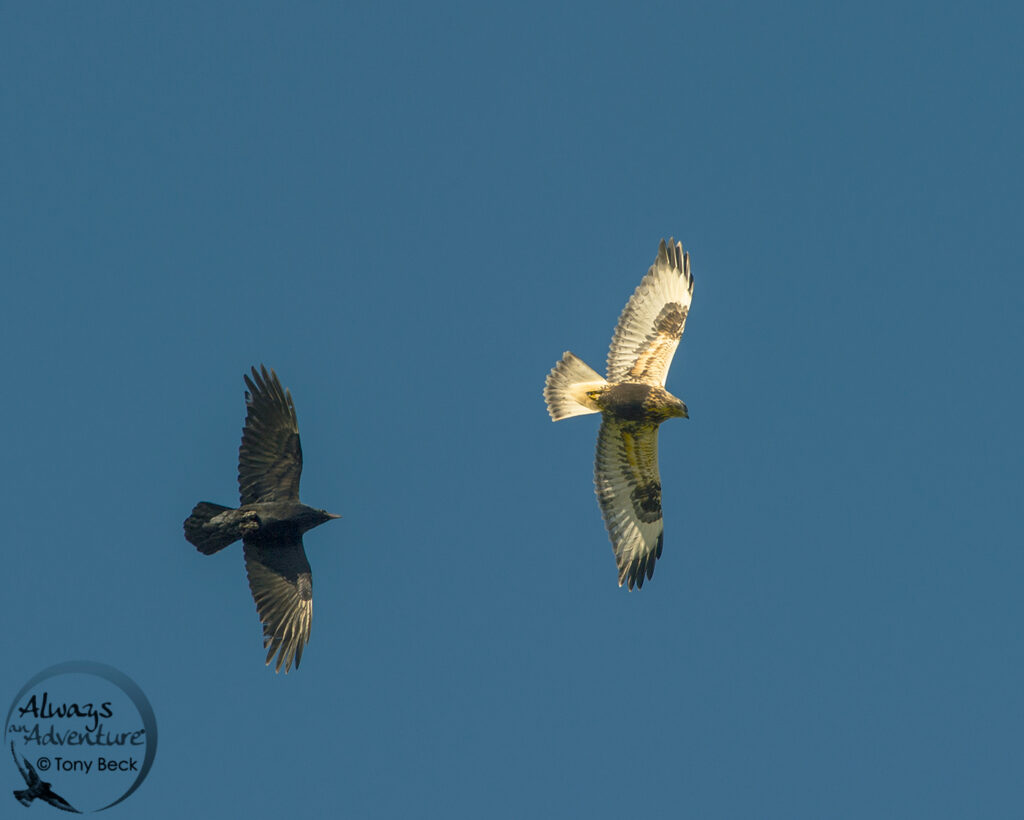
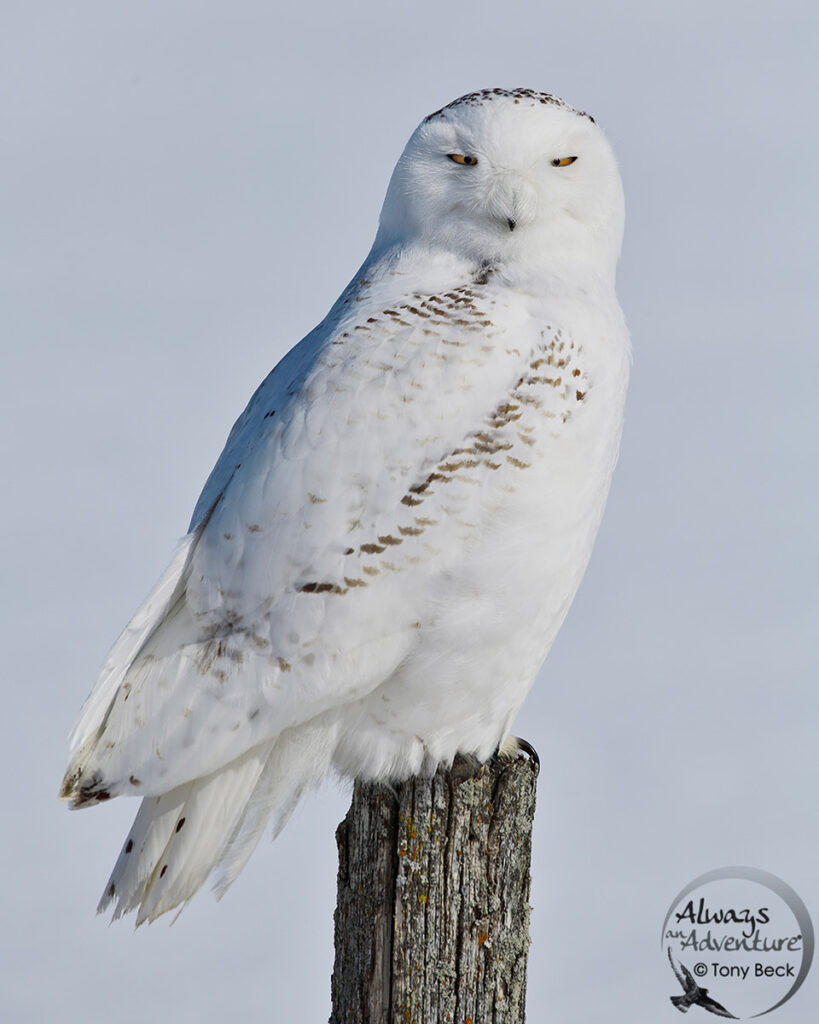
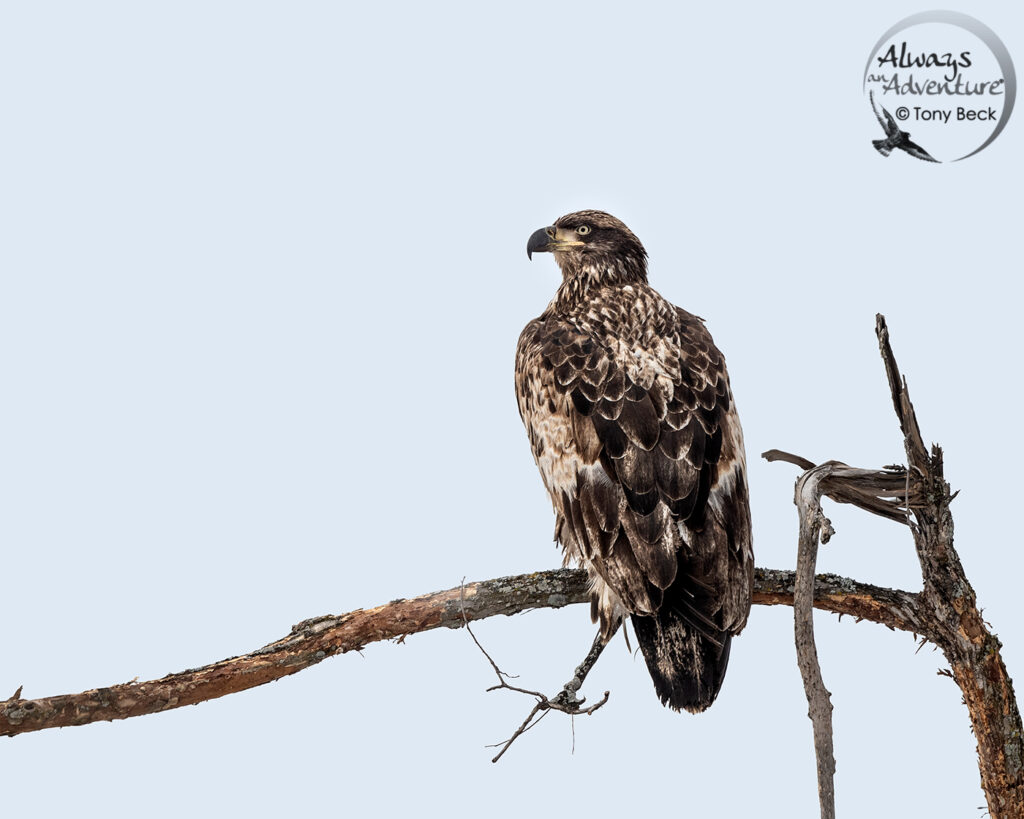
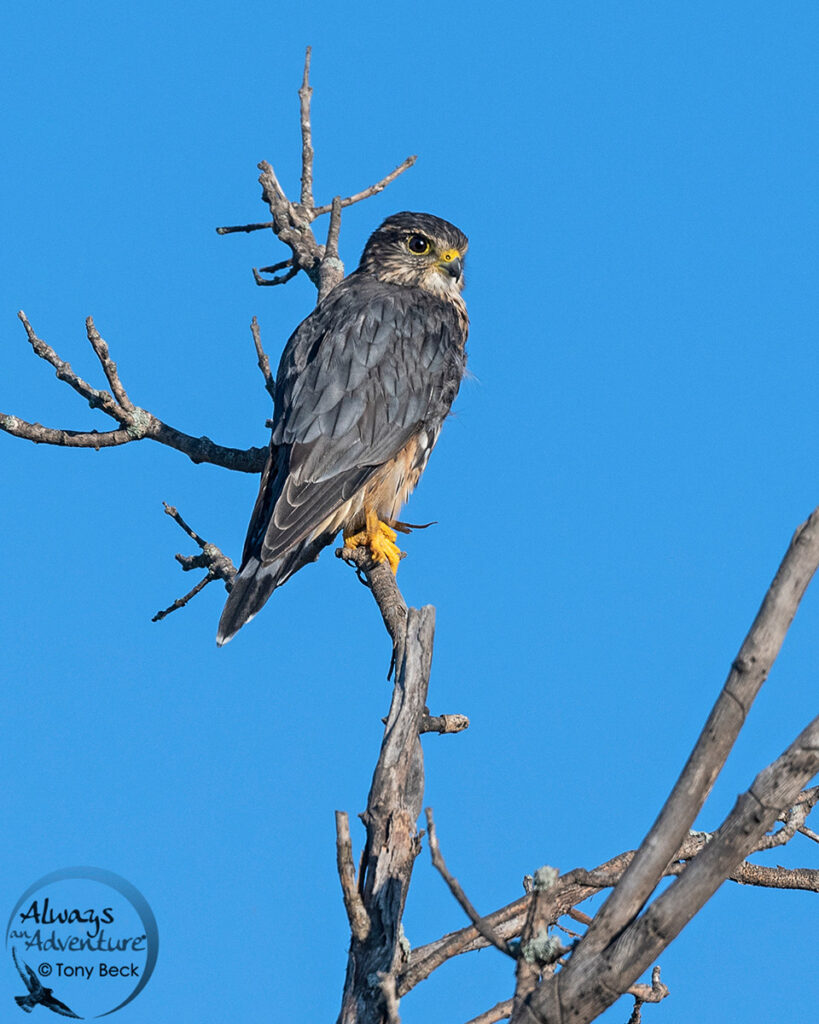
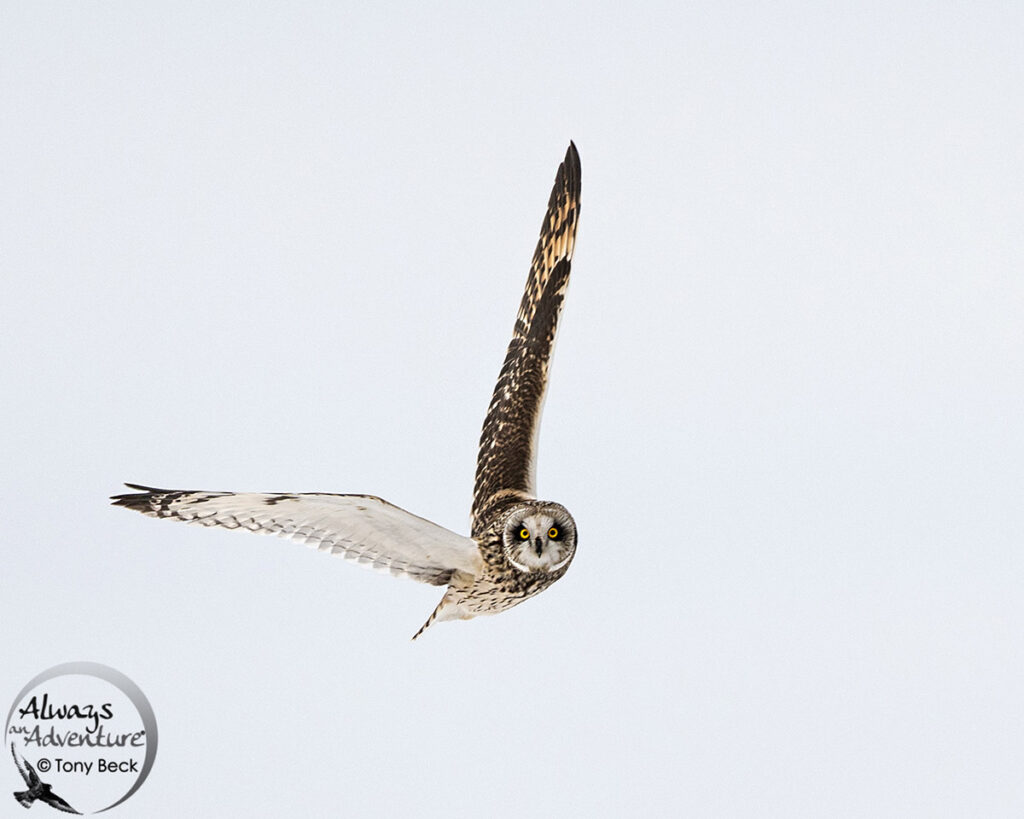







Hi Tony. I really love your gray gyr. We get them here in Alberta every winter but I’ve never managed a shot as nice as yours. Bravo.
W.
Thanks Wayne
I’ve been very lucky with Gyrs, both in the Canadian Arctic as well as here in Ottawa.
Although rare in Ontario, they occasionally visit in winter. The gray morph adult was a true surprise. During the winter of 2018/2019, it periodically came by my high-rise condo to hunt pigeons. On a couple of occasions, it was accompanied by a younger Gray Morph.
I’ve never been to Alberta in winter. I suspect you’ve got some awesome photo opportunities at that time.
These birds of prey are magnificent, especially the Snowy Owl. Love his eyes. Thank you for sharing your talent with us.
You’re welcome. I’m delighted you’re enjoying these articles.